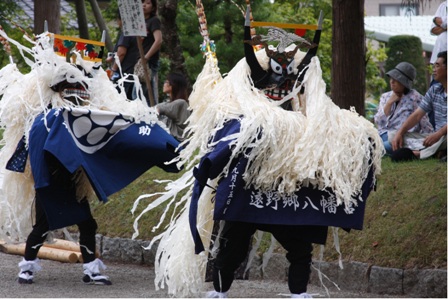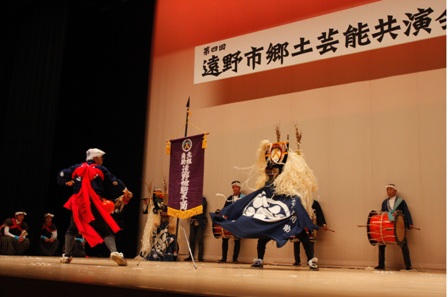
| Pseudonym reading | Komoshishi Odori |
|---|---|
| Specified type | Prefecture designation |
| Type | Intangible folk cultural property |
| Designated date | April 22, 2014 |
| Specified details | |
| quantity | |
| location | Tono City Matsuzakicho Komagi District |
| owner | |
| Holding group | Kamoko Komagi Dance Conservation Association |
| Management organization | |
| home page |
Overview
According to “Tono Kojiki” written in Takahara 13 (1762), “Komagi Kako Odori dance has a dance of Shishiko in the town of Kyoto when you climb a climber at Kumano sanctuary in Komagi-mura Sea”. Going to the crowds of places, watching the dance, learning the dance of the wolf, teaching the youths of the village back to the country, dancing for the comfort of a day off during the Bon Festival in July, the other villages gradually Because it is written that apprenticeship listening practice dance route ", it is said that Kakosuke dance and Kasuga dance.
Shiho dance in the Tono region is a curtain dance that dances while turning the curtain attached to the front. Dances called makudori dances exist in Kinnuki, Iwate, Nichinohe, Shimokitanai, etc. If you compare art, it should be called Tono type. The characteristic is that it is required to attach a long kangara to the head, and to attach the species fukube, child dance, middle drum, and sword swing. It is also called "Kangarajishi" because of the impressive "Kanji-Kangara" attached to the head.
The Tono-type Shishi dances are of different origins: Komaki and Nagano. Komagi Kako Odori is a group with an old tradition of the Komagi family among Tono-type Shishi dances. In addition, as a master of many Shishi dance groups, it can be highly appreciated as one that has been handed down as a continuous cotton until today.
image

